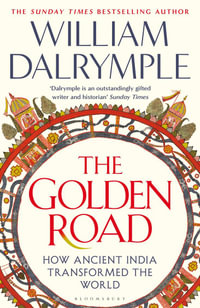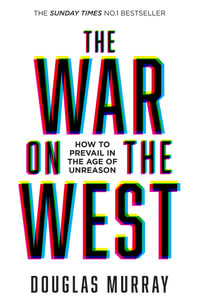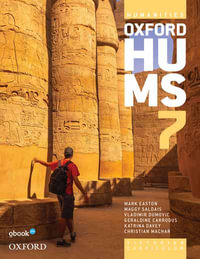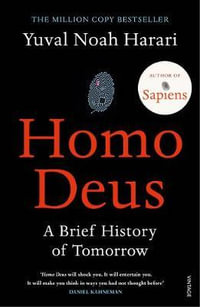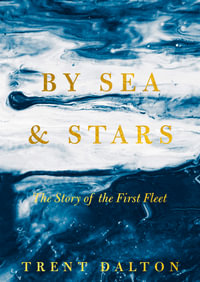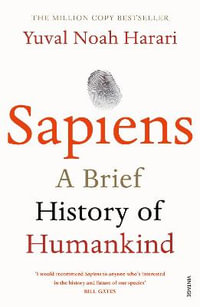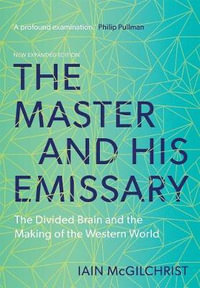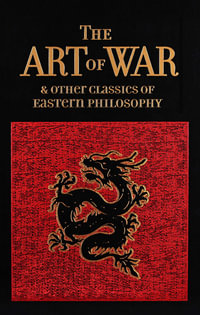An investigation into the mysterious Frisians, drawing together evidence from linguistic, textual and archaeological sources.
From as early as the first century AD, learned Romans knew of more than one group of people living in north-western Europe beyond their Empire's Gallic provinces whose names contained the element that gives us modern "Frisian". These were apparently Celtic-speaking peoples, but that population was probably completely replaced in the course of the convulsions that Europe underwent during the fourth and fifth centuries. While the importance of linguisticallyGermanic Frisians as neighbours of the Anglo-Saxons, Franks, Saxons and Danes in the centuries immediately following the fall of the Roman Empire in the West is widely recognized, these folk themselves remain enigmatic, the details of their culture and organization unfamiliar to many.
The Frisian population and their lands, including all the coastal communities of the North sea region and their connections with the Baltic shores, form the focal pointof this volume, though viewed often through comparison with, or even through the eyes of, their neighbours. The essays present the most up-to-date discoveries, research and interpretation, combining and integrating linguistic, textual and archaeological evidence; they follow the story of the various Frisians through from the Roman Period to the next great period of disruption and change introduced by the Viking Scandinavians.
Contributors: Elzbieta Adamczyk, Iris Aufderhaar, Pieterjan Deckers, Menno Dijkstra, John Hines, Nelleke Ijssennagger, Hauke Joens, Egge Knol, Jan de Koning, Johan Nicolay, Han Nijdam, Tim Pestell, Peter Schrijver, Arjen Versloot, Gaby Waxenberger, Christiane Zimmermann.
Industry Reviews
A fine collection of learned work spanning history, historical linguistics, legal history, archaeology, runology and palaeography...The editors should be commended for bringing together such an excellent array of scholarship. * ARCHAEOLOGICAL JOURNAL *
With this well-curated work, Hines and IJssennagger have opened a door to further comparative and cross-disciplinary investigations of the Frisians. * ENGLISH HISTORICAL REVIEW *
This lavishly illustrated volume is more than a state of the art. New methods and new theories are presented here, in a happy ensemble of various disciplines. * EARLY MEDIEVAL EUROPE *
Offers an excellent foundation for research. * GERMAN HISTORICAL INSTITUTE BULLETIN *
There is much to recommend in this rich collection of essays. By shedding new critical light on the problems and complexities associated with `Anglo-Frisian' identity and its place within the wider maritime North Sea world, it will certainly fulfil its stated aspiration to stimulate a new generation of research and thinking. * HISTORY *
The editors point out in the preface that studies on Frisia can sometimes be overspecialized and constrained. This volume is certainly broad in scope, and several papers offer new insights or new interdisciplinary connections. * SPECULUM *
Makes a valuable contribution to this history of the North Sea region, especially the relationship between Anglo-Saxon England and its near continental neighbours. * CURRENT WORLD ARCHAEOLOGY *
The scholarship on display in this volume is of the highest quality, but attention must also be given to the book itself, which is one of the most beautiful I have ever had the joy of holding. * SEHEPUNKTE *
The volume is to be praised for its interdisciplinarity: while some papers fit cleanly into archaeology, history, or linguistics, most draw on material from several disciplines to examine a question that is beyond the scope of any one. It is well-edited and amply illustrated. * THE MEDIEVAL REVIEW *






